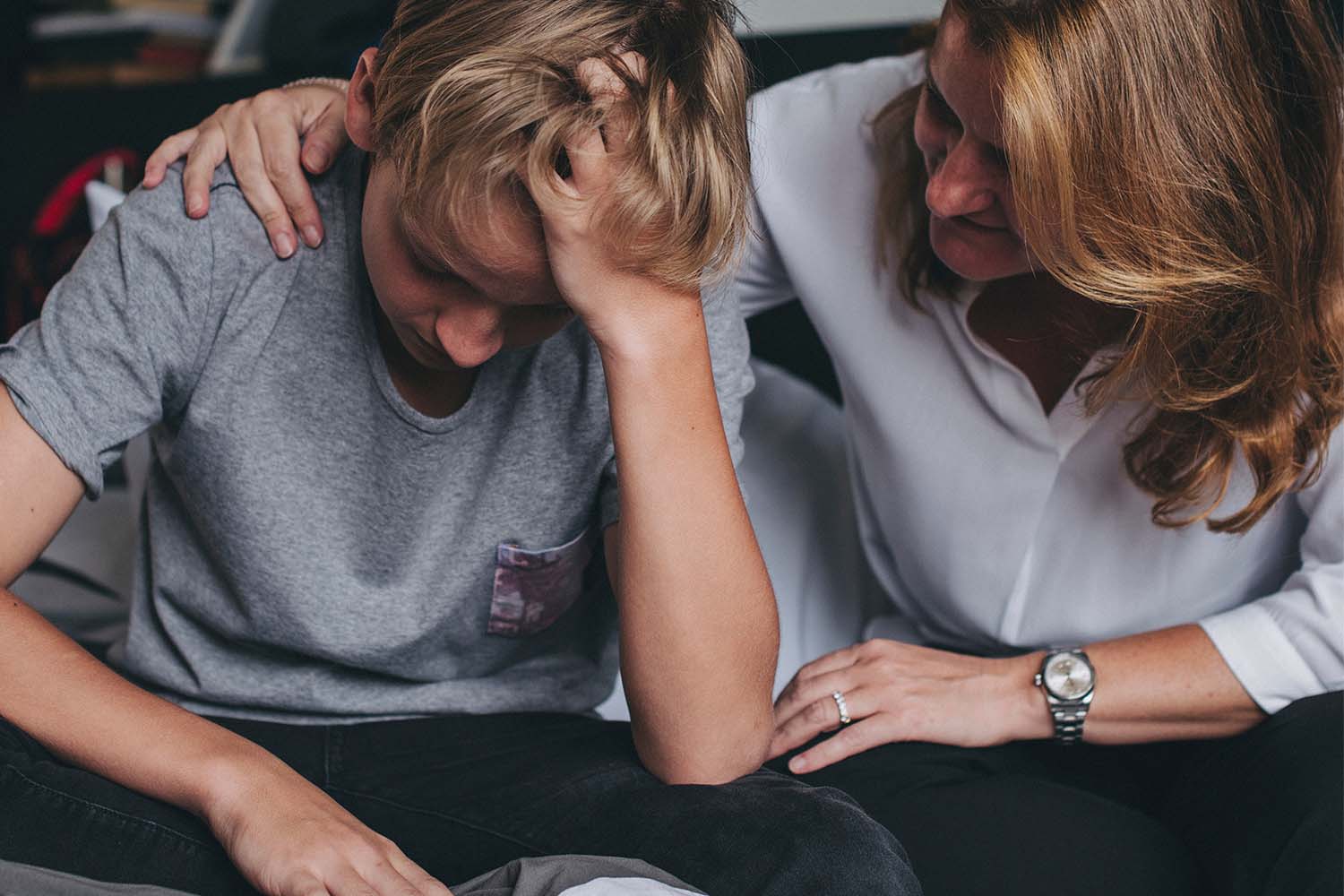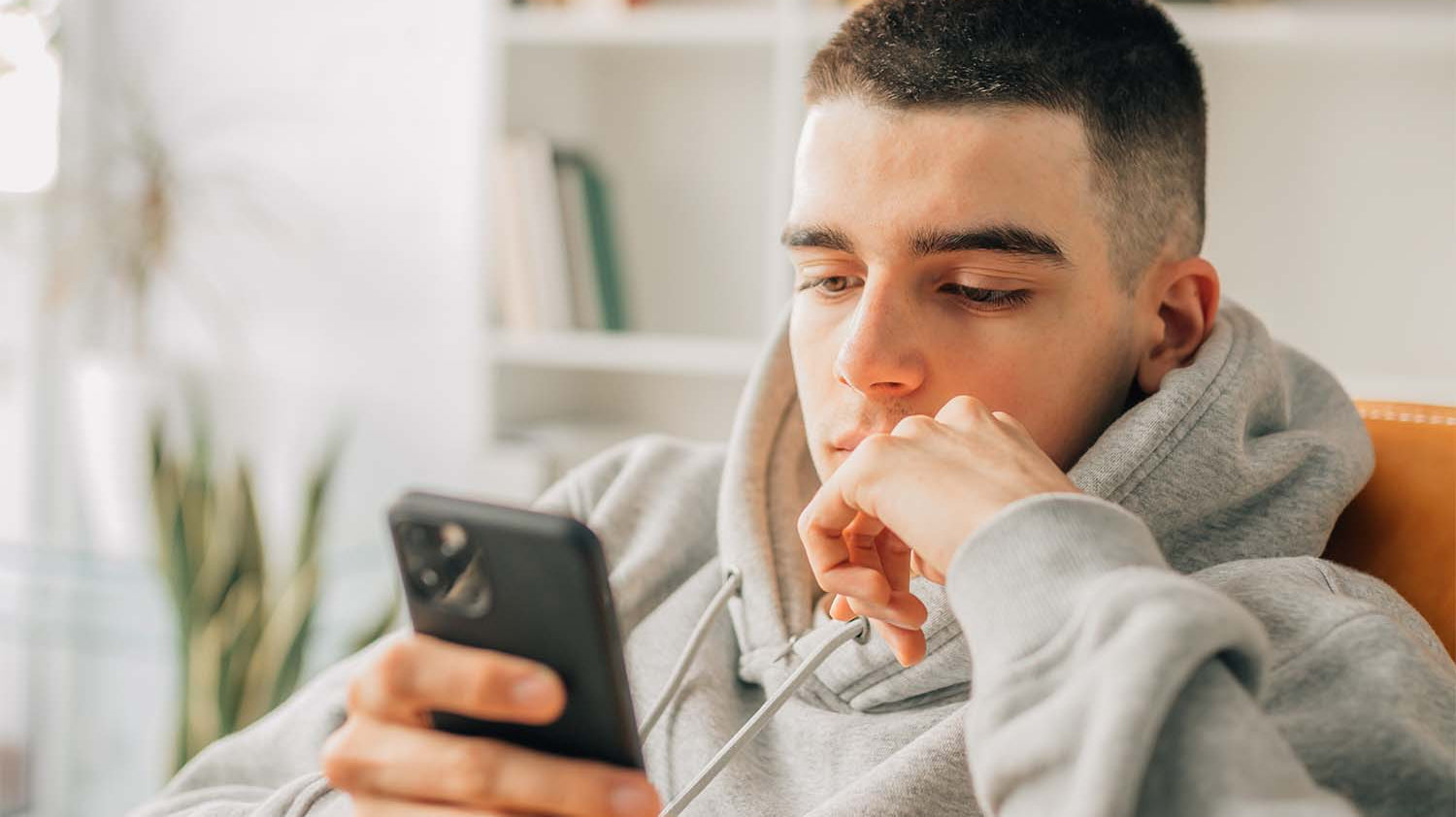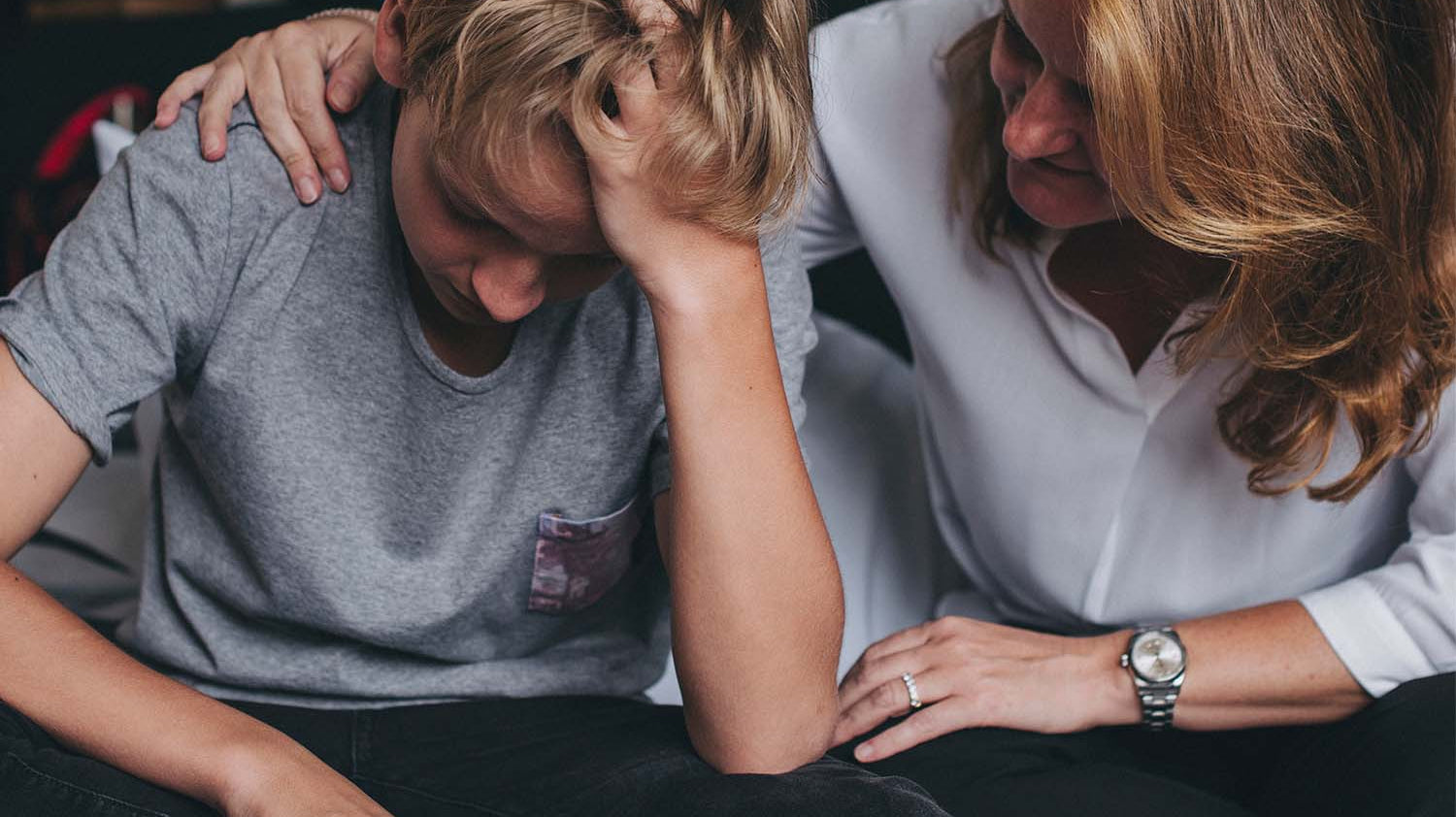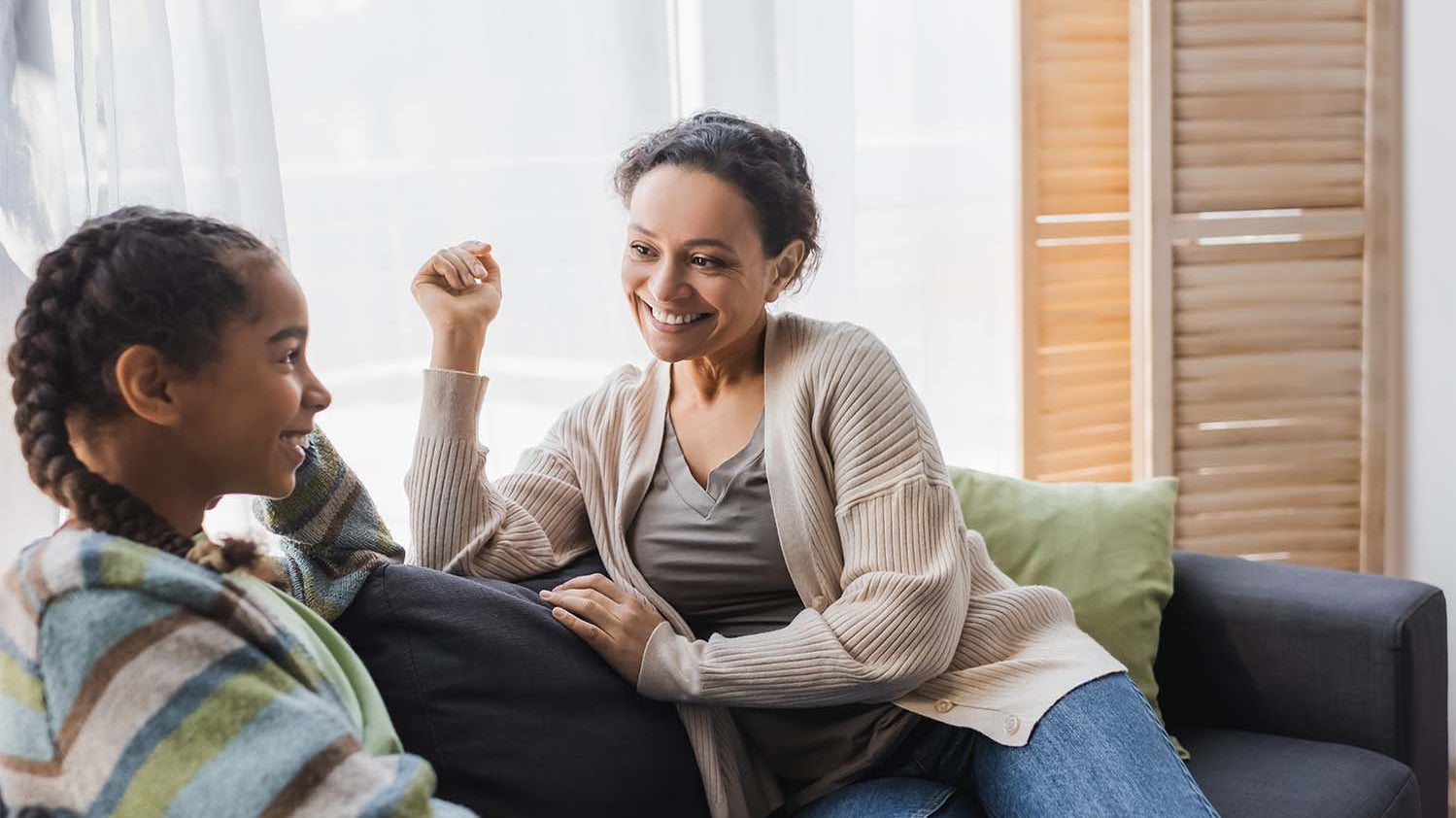What is anxiety?
Anxiety is a generalised feeling of worry or fear and can be mild or severe. It is completely normal to feel anxiety from time to time. There can be many causes but perfectly normal ones will include social group troubles, exams or other school pressure and thoughts about the future.As you will remember from our learning about teenage behaviour and the changes in the brain teens feel increased emotions to drive them to try new things. Anxiety is no different. Often their anxious feelings will be on a different level to ours. Social group anxieties are a key regular occurrence.
While our teens are experiencing heightened levels of anxiety they still have a child-like understanding of emotions. This can make their anxiety feel more scary to them as they may not be sure about what it is or where it comes from. To them it might feel as if they have a lot of new worries.
Our strategy is going to be focussed on helping them to identify their emotions. Identifying emotions makes them less overwhelming and helps us to be able to target their sources and feel empowered to make change.
Supporting better anxiety control
Give them the handy model of the brain
- The handy model of the brain is a great way to help teens understand the reason behind anxiety. This can soothe them and make feelings seem less scary.
- The thumb represents our limbic system, specifically the amygdala which is located at the end of the thumb. This system is tasked with our protection.
- When it detects a threat the amygdala puts us into fight, flight or freeze mode. It can do this by giving us feelings of worry to make us more alert to danger.
- The modern world is a confusing place for our brain, with social media, exams, school and other pressures our amygdala can become overstimulated, making us regularly anxious.
The principle of calming anxiety
- The part of the brain behind our forehead is our logic and reasoning centre. Scientist call it the pre-frontal cortex.
- Teens are busy developing their pre-frontal cortex by developing those adult reasoning skills.
- This creates an additional challenge in managing anxiety as their reasoning centre, capable of calming their anxieties it still under development.
- As adults we can focus on helping them develop this centre by teaching them to identify anxieties, their source and what to do about them so they can feel in control.
Validating anxious thoughts
- One of the worst feelings in the world is feeling like you are the only one with a problem. Anxious feelings often give us this feeling of isolation.
- Validating our teens anxious thoughts by letting them know we often feel like that too when under pressure or in social situations is re-assuring.
- Simply doing this on it’s own can often turn that Amygdala off by giving our teens the ability to see that anxious feelings are normal and related to perceived pressures.
- Spotting your teen looking anxious and gently pointing out that you think they might be anxious because that’s how you look will help them to learn how to self-identify.
Locating the trigger of anxieties
- Making lists of anxieties is a very powerful tool. Simply seeing them on paper increases our feeling of control. Identifying them makes them feel less serious.
- Listing what we are worrying about helps us to remove the general feeling of worry and narrow down the sources of our worries.
- Identifying anxious feelings and then breaking them down into specific worries is a powerful step in regaining control and builds the platform for then making an action plan.
- Helping your teen to make these lists will help them to develop adult emotional reasoning skills, strengthening their pre-frontal cortex and giving them better anxiety control.
The sphere of control
- Once you have a list of anxieties the sphere of control becomes important. Our brains often operate on the principle that we can control everything. This is a symptom of our modern living.
- When we have our list of anxieties it can be very powerful to sort them out into 2 columns. Those which we can do something about and those which we can’t.
- This helps teach our brains to be comfortable with unknowns. It reduces anxiety because it teaches us to worry less when things are out of our control.
- I have seen some people then screw up, tear up or burn the list of anxieties they can’t control. Please be careful with that last one. This physical act can have a positive impact on letting go of worries.
Planning actions
- What now remains is a list of anxieties we feel we can do something about. This is a key part in the learning journey for anxiety.
- Working with your teen, together decide on small, simple actions they can take to improve the situation a little. This might mean speaking up for themselves, turning off notifications, speaking to someone face to face or apologising.
- They will need your support with this because the idea of taking action may feel very scary to them.




